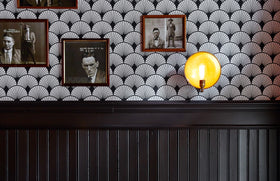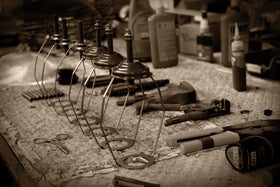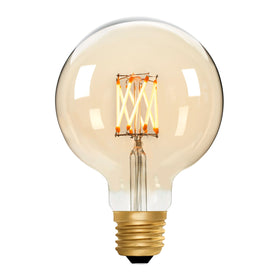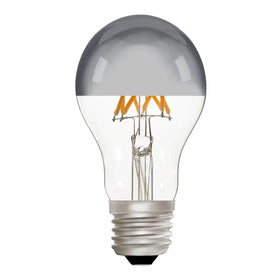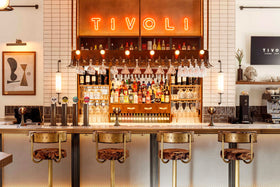
What Was The First Laser Light Show?
A common use of quirky lighting to help create an atmosphere and a mood is the use of a laser light show, particularly in conjunction with a smoke machine to help create truly unique visual displays.
Whilst a near-ubiquitous part of many different events, laser light shows are perhaps most associated with music, particularly the ethereal, science fiction-inspired progressive rock of the 1970s.
Bands such as the Electric Light Orchestra, Pink Floyd and Genesis would make considerable use of lasers during their live acts, often as an accompaniment to other visuals such as programmable lights, smoke machines, pyrotechnics and costumes.
However, whilst there is considerable debate amongst music critics about which band was the first to add a laser show to their live performance, the first laser light show itself was almost certainly performed by Joseph Stanislaus Ostoja-Kotkowski, better known as “The Man With Light In his Eyes”.
At the 1968 Adelaide Festival Of Arts, Mr Ostoja would stage a show with the help of John Dallwitz known as Sound and Image, which was the first theatrical production in the world to use a laser beam.
He was one of the first people to see the potential for lasers in the art world and would use lasers to help develop the concept of multimedia theatrical productions, which would have a considerable impact not only on rock concerts but also on nearly every other type of performance.
One of the first music tours that would feature a comprehensive use of laser light systems was the Pink Floyd 1974 tour cycle, alongside a more widespread upgrade of their existing concert setup, which fit the prismatic theme of the Dark Side Of The Moon Album.
Similarly, the band Genesis would also use a laser light display alongside backdrop slides as part of a grand theatrical production that was central to The Lamb Lies Down On Broadway Tour and its bizarre journey of self-discovery.


